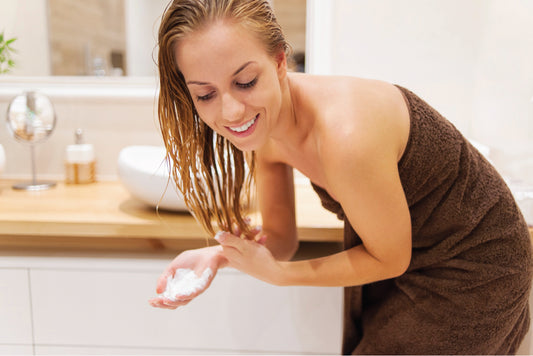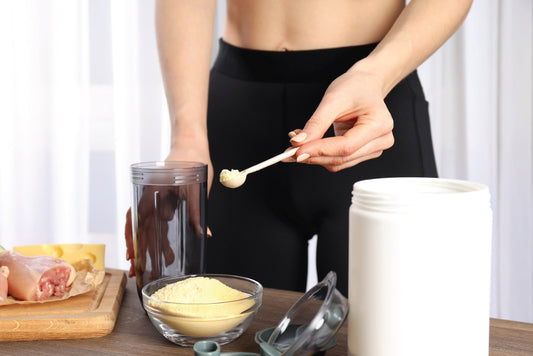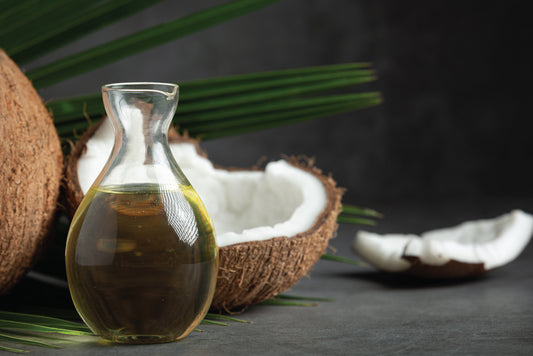No matter how hard you try, it is impossible to get the perfect hair color or dye job. If you've ever tried to dye your hair, you've probably run into a slew of problems.
This doesn't mean you shouldn't ever color your hair at all! There are a few things you can do to avoid your hot roots from growing.
Identifying the core reason, avoiding and/or correcting the unwanted look, and, if desired, getting red hot roots fixed are all topics for discussion today.
Table of Contents
What Are Hot Roots?
Red Hot roots are a common annoyance while dyeing your hair. Anyone who has ever dealt with heated roots will attest to the difficulty in eliminating them.
When your hair color is lighter or darker at the roots than at the mid-lengths and ends, you've got hot roots. Hair at the roots absorbs color more quickly than the rest of the hair when a color treatment is applied because of the heat from the scalp.
What Causes Hot Roots?
For the most part, people acquire hot roots for one of three basic reasons.
- Hair that has already been colored might lead to complications if it is dyed again. Lighter hair color might react differently to different parts of your head when you use hair coloring. The tips of your hair are cooler than the roots near your scalp. Because of this, the color is absorbed more quickly. Your hot roots may appear lighter than the rest of your hair because of this. Even if you're just receiving a few highlights, this can happen.
- First-time lighteners should be aware that their roots may not respond as quickly as they would desire. Since your roots will likely bleach more quickly, this is a good precaution to take. It might provide an uneven appearance. If you have "virgin hair," you should consult a hairdresser. If you're using a boxed kit for the first time, your results may be less than stellar.
- Hot roots are more prevalent if you've never dyed your hair before. Hot roots bleach often results in hot roots, which is to be expected because the chemical exerts its full force. As a result, heated roots will have a difficult time taking dye. Changing your hair color isn't enough. To minimize the difference between your roots and the rest of your hair, dye your hair to match the rest of your hair color.
How To Avoid Hot Roots While Coloring?
Avoiding hot roots on your hair is usually possible. Preventing problems is far simpler than fixing them. To avoid burning your roots, use these suggestions:
- If your hair has been dyed, select a color that is a shade or two darker than your natural color. Use this dye on your roots for the final five minutes of your hair-coloring session. Your hair's ends and mid-strands should be in harmony with your roots, and vice versa.
- Color your hair from the bottom up, starting at the ends. In many cases, starting at the bottom and working your way up is more efficient. However, it takes longer for the color to properly reach the ends of the garment.
- After you've dyed your hair, condition it immediately. The use of a color-safe conditioner will help protect your hair from over-processing. As a result, you may avoid having your roots turn orange. Conditioning your hair after it has been breached will also help protect it. Your hair follicles might dry up and become damaged if you don't take proper care of them.
- Protecting your hair from the sun should be a priority at all times. The lightning qualities of the sun's UV rays can be seen first in the roots. Your roots may seem brassy as a result of sunlight, not only the color of your hair. If you know you'll be in the sun for a lengthy time, use a cap or scarf to protect your skin.
How To Fix Hot Roots?
If you get bad hot roots...What's next? How can you fix hot roots? Following are some ways to fix it.
-
Apply Toner
A cooler shade may be necessary if your roots are too brassy. You should apply the best toner for hot roots at the demarcation line and softly smear it into the remainder of your hair for the best results.
Your optimal toner color will be the opposite of the color you want to remove from the roots. A purple toner, for example, can be used to get rid of yellowish hot roots.
-
Apply Purple Shampoo
One of the simplest ways to fix hot roots is to use purple shampoo. The purple shampoo will counteract yellow and cool down those overheated roots because it is the color wheel opposite of yellow.
-
Make Use of Box Dye
To get rid of heated roots, box dyes are a simple solution. To get rid of those unkempt roots, you'll need to color your hair.
To get the best results, choose a box dye that is the same shade as the bulk of your hair, not just the red hot roots. The following instructions will show you how to use a box color to fix your hair's uneven roots.
-
Hair Dye That Isn't Permanent
If you're wary of using a permanent color because of your bad hot roots, a semi-permanent dye may be a good option for you. Semi-permanent dye, in contrast to permanent color, will gradually wash away.
Final Thoughts
In a nutshell, hot roots are a common problem faced these days. It means that your hair dye gave a dark color to the roots. There are a few methods to fix your red hot poker roots asap.
FAQs
-
Do Hot Roots Self-Resolve?
Color treatments and toning are necessary to get rid of bad hot roots. Alternatively, the roots will have to be re-colored or they will have to be cut out.
-
Do Hot Roots Go Away?
It may take some time for the discoloration to fade if it was caused by a chemical treatment. In the beginning, you may think you have no choice but to wait. It's true that after time, your color balance will return.
-
Who Can Get Hot Roots?
This issue may affect anyone, regardless of their age or gender. They are, nevertheless, more frequent among blondes and redheads than any other race or ethnicity. The 'brassy' appearance of hot roots is a common description. They may even seem orange or rusted in rare situations.




